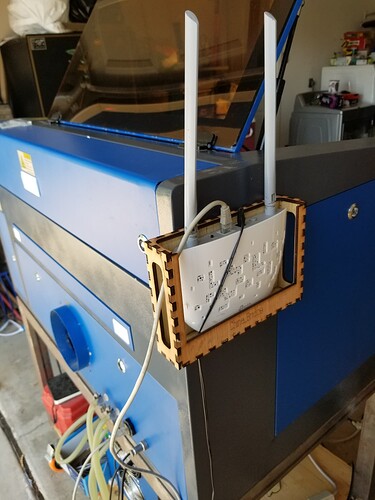I purchased an Omtech 80W CO2 laser (Ruida 6442), trying to connect with my Macbook using the USB cable is a serious PITA. I don’t want to have to buy another connector to attach an ethernet cable if I don’t have to. I just purchased an additional USB a to C cable not knowing these issues. I can if necessary but because of the Mac’s BS only two USB-C ports, it just means another bloody connection in the line from mac to laser. I tried following the steps at the bottom of this article (as most articles I could find suggested), but in the end it said “No such file or directory” when I attempted to temporarily disable System Integrity Protection.
Based on the comments at the bottom of this article, I feel like there is something else going on, the last two comments were that they were running M1 and there were no problems.
I tried manually adding the laser in LB, no difference.
I’m not very computer savy like a lot of people on here, I try to go as deep as I can without bugging people on here, but I’m stumped for now and I don’t want to wait a week or two for Omtech to help me with this.
Please anyone! I don’t know how we’d get through this stuff without all the people who always help on here… some of us just have no right in doing these things I suppose.
Thanks - Craig



